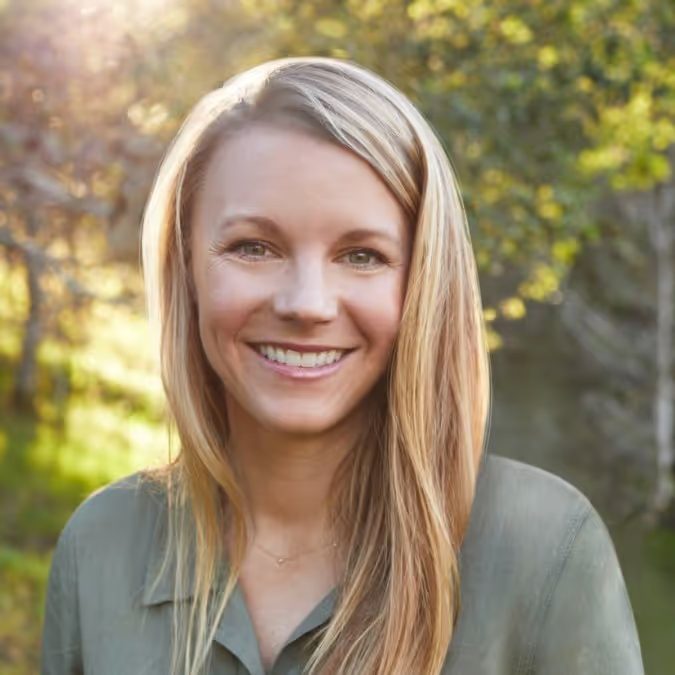Everyone’s buzzing about AI in shopping. Walmart rolled out Sparky, its new agent. OpenAI is bringing native checkout to ChatGPT. Shopify and Amazon are pushing hard, too.
The hype is real. The AI in e-commerce market already hit $7.25 billion in 2024 and is projected to grow to $64 billion by 2034. But here’s the truth: AI shopping won’t succeed without clean, verified product data.
Models Aren’t the Main Event
We’ve been promised “personalized shopping” for decades. The interfaces are finally here as chat-based agents collapse the messy search funnel into a single question.
But what happens when that question is: “What’s the best fragrance-free baby lotion for sensitive skin?” or “Which protein powder is organic and gluten-free?”
If the underlying data is marketing fluff, AI will give wrong answers confidently. AI models are only as good as the data they learn from. Feeding poor quality, inconsistent data to algorithms will produce misleading results. The risk is more than just bad recommendations, this is a trust problem at scale.
Why Current Data Breaks AI
Most product catalogs were built for humans and SEO, not for machines that think in tokens and embeddings. That means:
- Unstructured descriptions
- Inconsistent attributes
- Missing technical specs
- Claims no one has verified
AI can’t tell the difference between verified facts and hype, which means it will hallucinate, mislead, and erode consumer trust.
Verified Data Is the Real Moat
This is where the game changes. Retailers and brands that invest in verified, structured data will win in three ways:
- Consumer trust: Recommendations traceable back to facts, not fluff.
- Algorithmic preference: Models reward clean, structured data. Verified products rise to the top.
- Risk protection: As AI outputs face scrutiny, verified data reduces liability.
The path to building the smartest model is feeding the model the smartest data.
The Window Is Closing
Industry experts say we’ve got 3–5 years before agentic AI fully reshapes shopping. That’s not much time, and we think it will happen even faster. Retailers who act now will own consumer trust. Those who wait will lose to competitors whose AI systems can actually stand behind their claims.
The industry is rushing to train smarter models, but the real winners will be the ones training with smarter data or using tools to inject smarter data into LLM searches.
At Novi, that is exactly what we are building: verified, structured product data that both consumers and AI agents can trust. Retailers and brands that invest now will not only stand out in this new era of shopping, they will define it.
Want to see how ready your product claims are for the AI era?
Explore Novi’s Claims Risk Index to uncover where unverified claims could undermine trust and learn how to strengthen your product data for AI-powered shopping.



























